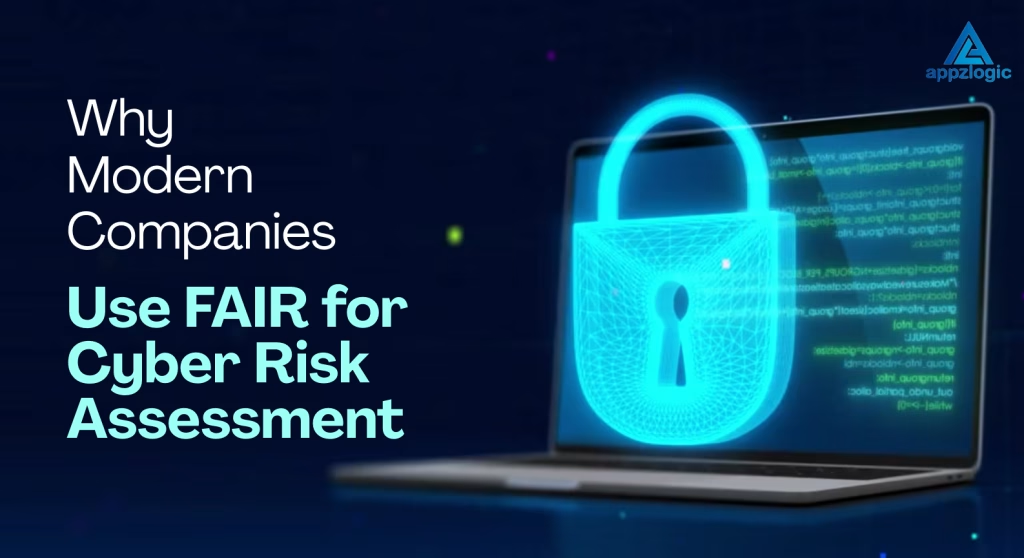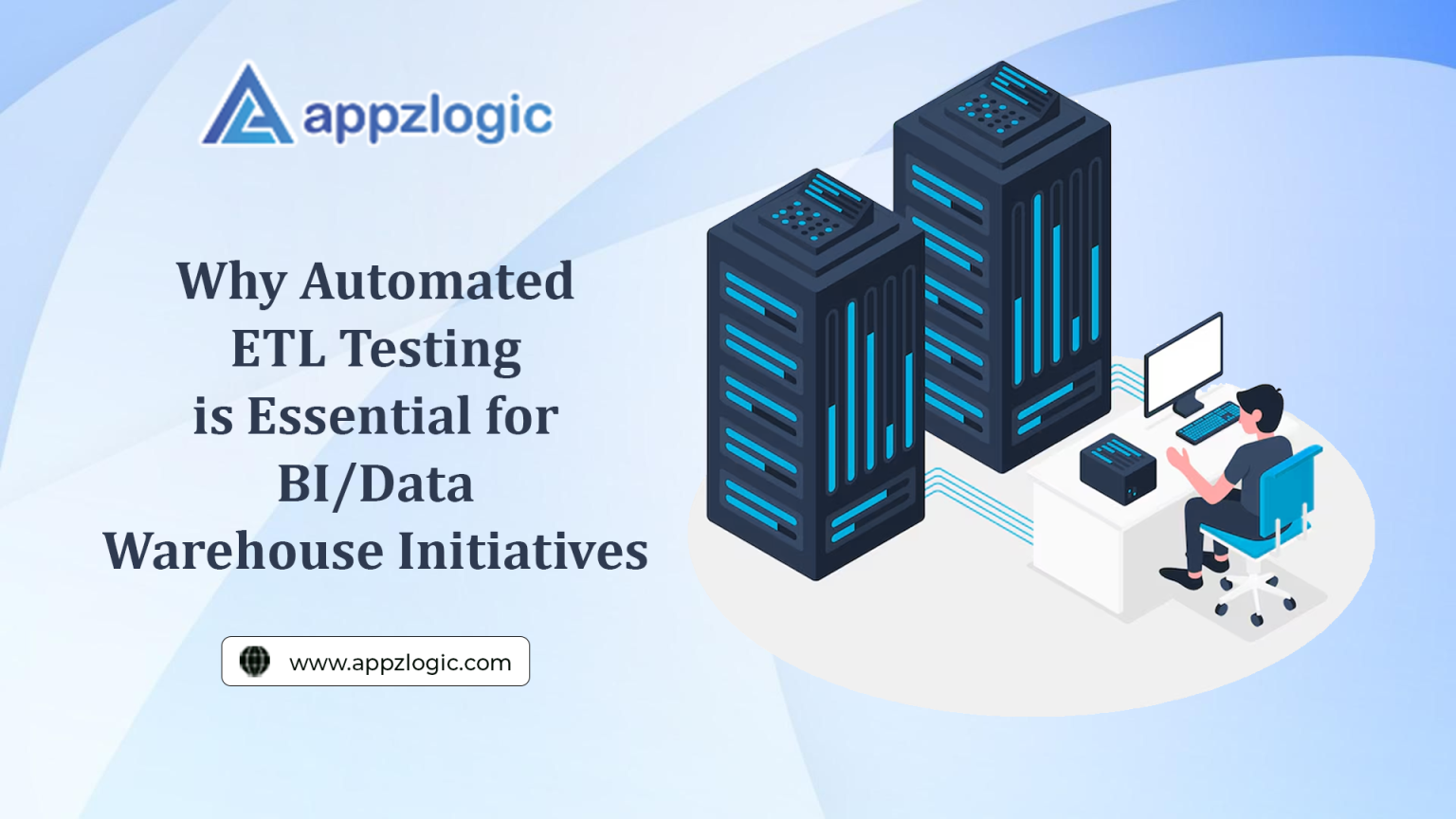
Why Modern Companies Use FAIR for Cyber Risk Assessment?
Everyday cyber threats challenge the business. Every organization, from large enterprises to growing startups, faces the pressing need to understand and manage cyber risks. Yet, many still rely on outdated, qualitative methods that use color codes or vague categories these approaches fail to provide clarity about the financial impact of risks. This is where the FAIR model (Factor Analysis of Information Risk) has become a game-changer for modern companies.
What is “FAIR” Model in Cyber Security?

At its core, FAIR is a quantitative risk assessment framework that focuses on financial outcomes rather than vague assumptions. Unlike traditional methods that simply label a risk as “critical” or “low priority,” FAIR breaks down risks into measurable components, such as frequency of events and potential loss amounts. FAIR gives you the tools to quantify cyber risk in a way that is consistent, measurable, and most importantly, financially relevant. By turning uncertain risks into clear numbers, businesses can make smarter decisions about where to invest in cybersecurity.
No wonder global organizations like Fidelity, Netflix, HPE, and NASA have adopted FAIR to strengthen their risk management strategies. The FAIR methodology for businesses is built to ensure a consistent and repeatable methodology for risk assessment. This helps companies avoid guesswork and instead base their decisions on quantifiable data.
Why FAIR is Better than Qualitative Risk Analysis
Many organizations are still stuck with qualitative assessments that rely on subjective opinions of experts. While these methods are easy to use, they do not provide a true sense of how much money is at stake.
FAIR vs traditional risk assessment highlights this difference clearly:

- Traditional methods: “This is a high risk.”
- FAIR approach: “This risk could cost the company between $500,000 and $2 million annually.”
By putting a price tag on risk, FAIR improves decision-making. Business leaders, CFOs, and board members understand money better than vague colors on a chart. With FAIR, cybersecurity teams can finally speak the same language as executives.
How Do Companies Calculate Risk Using FAIR Model?

To measure the potential impact of cyber risks,
FAIR uses two key dimensions:
- Loss Event Frequency (LEF): How often a threat is likely to happen.
- Loss Magnitude (LM): How much financial damage it could cause when it happens.
The combination of these two factors provides a clear picture of financial exposure. This is often referred to as annualized loss exposure FAIR.
This quantitative approach also accounts for primary and secondary losses in FAIR:
- Primary losses include immediate costs like investigation, legal fees, or system downtime.
- Secondary losses include indirect effects, such as reputational harm or customer churn.
Steps for FAIR Risk Analysis

- Identify the risk scenario: What event could occur? (e.g., a ransomware attack).
- Define the assets at risk: Which systems, data, or processes are involved?
- Assess threat event frequency: How likely is the attack to happen?
- Analyze vulnerability: How resistant are your defenses against it?
- Estimate probable loss magnitude: What would be the financial outcome if the attack succeeds?
- Run the calculations: Use FAIR formulas to quantify the cyber riskcalculation with FAIR.
- Present results in business terms: Share findings with leadership to optimize cybersecurity budgets.
Practical Examples of FAIR Risk Scenarios
- Ransomware Attack
A company calculates that ransomware could happen twice a year with an average loss of $750,000. The FAIR model risk scenario helps the company decide whether to invest $1 million in new defenses or accept the risk.
- Data Breach
Using a risk scenario library FAIR, a retailer estimates that a data breach could cost between $2 million and $5 million depending on fines, lawsuits, and customer losses. FAIR helps them prioritize stronger identity management.
- Insider Threat
FAIR analysis shows that insider misuse may happen less frequently but still lead to financial impact of cyber risk FAIR in the millions due to reputational harm. This insight drives investments in monitoring and training.
FAIR Model Controls and Vulnerabilities
A unique strength of FAIR is that it also considers controls and vulnerabilities. By identifying where defenses are strong and where they are weak, FAIR provides clarity on which controls truly reduce financial exposure.
For example, two-factor authentication might reduce the loss event frequency FAIR of phishing attacks by 70%. This measurable outcome helps justify the cost of implementing such security measures.
FAIR Improves Decision-Making in Cybersecurity
One of the biggest challenges for CISOs is convincing business leaders to allocate enough resources for cybersecurity. Traditional heat maps often fail to persuade because they lack financial context.
FAIR changes this conversation. By quantifying risks in dollars and probabilities, leaders can:
- Optimize cybersecurity budgets by investing in areas that reduce the highest losses.
- Compare different strategies side by side.
- Justify cybersecurity expenses in board meetings.
Benefits of FAIR Risk Assessment
The benefits of FAIR risk assessment extend across organizations of all sizes, making it a valuable approach for both growing businesses and global enterprises. By providing a standard quantitative framework, FAIR removes the ambiguity often found in traditional, subjective assessments. It enables companies to anticipate cybersecurity threats and measure risk in clear, financial terms rather than vague labels. This clarity allows executives and regulators to better understand the risks at hand, making communication more transparent and effective. Another major advantage is the ability to prioritize investments more intelligently, ensuring that resources are directed toward the areas of greatest potential loss reduction.
How to Quantify Cyber Risk Using FAIR?
To quantify cyber risk using FAIR, organizations follow a structured program that transforms uncertainty into measurable outcomes. The process begins with collecting data from past incidents and relevant industry benchmarks, which serve as the foundation for analysis. Next, businesses define FAIR model risk scenarios to outline potential threats in a structured manner. These scenarios are then evaluated using FAIR formulas to calculate potential losses, giving decision-makers a financial view of the risks they face. The results are compared against existing controls and planned investments, allowing leaders to determine whether current measures are sufficient or if new strategies are needed.
Conclusion
Cybersecurity has become a business-critical issue, and outdated, subjective approaches to risk management are no longer enough. The FAIR model offers a clear and structured way to measure cyber risks in financial terms, helping organizations anticipate threats, allocate budgets effectively, and make informed decisions. By adopting this framework, companies can replace guesswork with data-driven strategies and build long-term resilience.
At Appzlogic, we support businesses in implementing modern approaches like FAIR to strengthen their cybersecurity posture, improve risk awareness, and protect their future with confidence.
Frequently Asked Questions
FAIR is a quantitative risk assessment framework that helps organizations analyze cyber risks by breaking them down into measurable components.
To quantify cyber risk using FAIR, companies calculate loss event frequency and loss magnitude to estimate the potential annualized loss exposure FAIR.
The benefits of FAIR risk assessment include better decision-making and stronger alignment between security and business.
Companies use cyber risk calculation with FAIR by defining risk scenarios, estimating threat frequency, analyzing vulnerabilities, and calculating financial outcomes.
FAIR is a standard quantitative framework, while traditional methods are qualitative.


